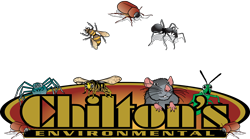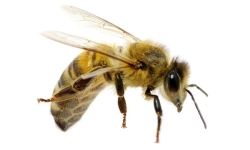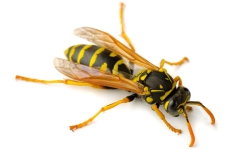Despite their help in pollinating plants, a swarm of bees may be considered as pests. Bees can establish a colony in trees, attics, or even inside the walls of your home. This may cause future damage to your property. The honey in the bee colony can stain your walls and ceiling, and the presence of a bee colony may attract other pests and bees to your home.
Bees are very docile, although they can sting when they feel threatened. Honey bees die after they sting, so they won’t sting unless provoked. The sting of a single bee is not that painful, although it’s very rare that just a single bee will sting you. Bees will leave their stingers behind, along with the gland that carries the venom. Some people develop severe allergic reactions to bee stings. Symptoms of an allergic reaction to bee sting may include vomiting, nausea, swelling of face, mouth and neck area, difficulty breathing and swallowing, and in severe cases anaphylactic shock may also occur. If you think you have developed an allergic reaction to a bee sting, seek medical attention immediately.
Wasps are a different story…. They belong to the same family as bees, but unlike bees, most wasp species don’t really contribute to nature (Only a few species are known to pollinate plants) The most notable species in the United States are commonly known as yellowjackets.
Wasps are highly aggressive due to their predatory nature; they sting to protect their colony. Unlike honeybees that sting only once, a wasp can sting repeatedly introducing their venom again and again to the victim. And like a bee sting, some people develop severe allergic reaction to a wasp sting.
A wasp sting is painful, even a solitary sting can cause swelling, redness, and irriation to the site of the wasp sting. Allergic reactions occur when the antibody immunoglobulin E (IgE) is produced by the victim. Symptoms include rashes and red spots on the skin, difficulty in breathing, and narrowing of airways, and in some case anaphylactic shock.
Bees and wasps are hard to deal with, and the most common sign that your property may be infested is when you see a worker bee or wasp buzzing around your home. Their colonies may be out of sight, but if you see even a solitary bee or wasp flying to and from your home, it’s a sure sign that a colony is nearby.
Don’t risk the safety of your family. Call your trusted pest control company to handle these buzzing pests. Call Chilton’s today.













